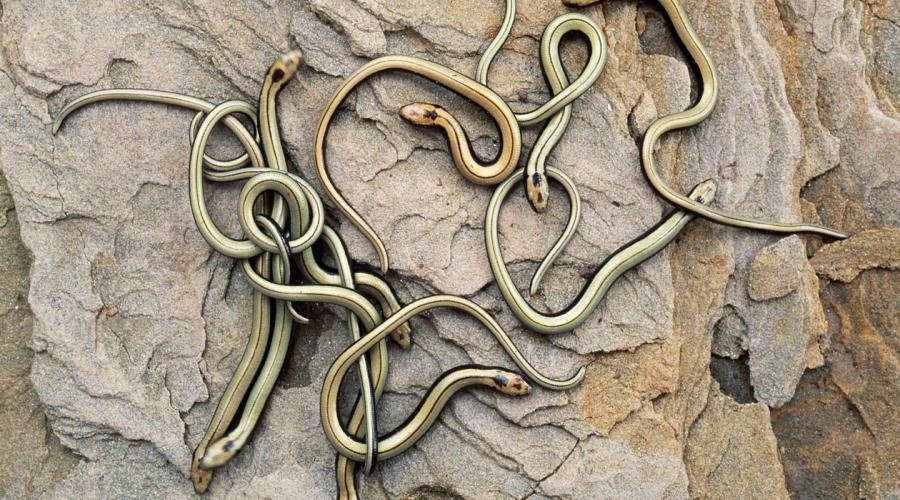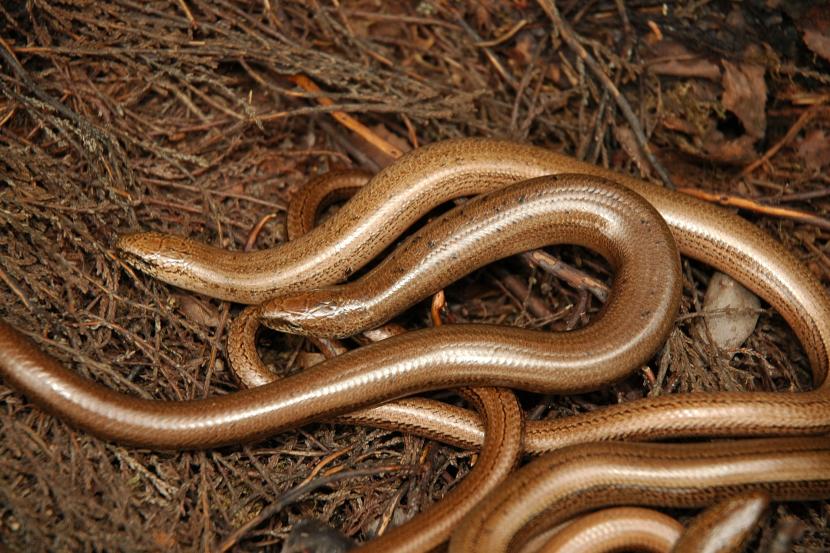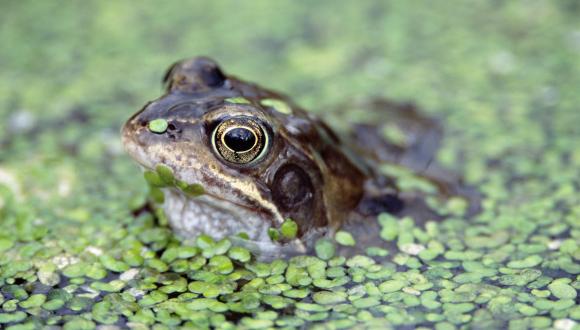
Slow worm
This legless lizard can grow to the size of a snake but lacks a venomous bite.
The slow worm (Anguis fragilis), despite its appearance, is actually a legless lizard rather than a snake. They have a wide distribution across Scotland.

Slow worms rarely bask in the sun. Instead, you can look for them under:
- Stones
- Wood
- Compost heaps
- Refugia such as sheet metal left lying around
Slow worms are often found using places made by humans such as embankments, churchyards, gardens. The slow worm is quite common across Scotland, and it is the only reptile known to occur in the Outer Hebrides. Slow worms can live 15 years or more in the wild.
Domestic cats are often responsible for fatalities, along with other introduced species such as rats and pheasants.
Their natural predators include birds of prey and larger mammals like badgers and foxes. Juveniles are sometimes predated by smaller bird species such as blackbirds.
Protection of slow worms
Find out about protected species of amphibian and reptile.
Report a sighting
You should report any sighting of an amphibian or reptile to the Record Pool.
Alternatively, find out about taking part in the National Amphibian and Reptile Recording Scheme.
How can you help?
Reptiles and amphibians are both threatened groups, so it is important that we make space for these important creatures where we can. Here are some tips for ways that you could help:
- You could consider the addition of a pond to your garden to create more habitat, or encourage the growth of bug friendly plants to ensure a plentiful food supply.
- Using non-toxic methods of pest management will prevent reptiles from consuming prey that are contaminated with poison.
- Ensure that green spaces are preserved and kept as wild as possible.
- Record any reptile or amphibian sightings to the Record Pool and the NBN atlas.
- Get involved with your local amphibian and reptile group. There may even be opportunities for you to help with monitoring and surveying, or even trips to local sites!
- Help raise awareness about reptile and amphibian conservation within your school or workplace.
Further resources
For information regarding the legislation that protects our reptiles and amphibians, see Protected Species: amphibians and reptiles
For a comprehensive overview of the reptiles and amphibians of Scotland, see the book ‘The Amphibians and Reptiles of Scotland’ by Chris McInerny and Pete Minting.
For free online ID guides regarding British amphibians and reptiles, please refer to the ARG UK website.
Find out how you can take part in the National Amphibian and Reptile Monitoring Programme.
To find your local reptile and amphibian interest group, as well as additional resources, see the ARG UK website.







